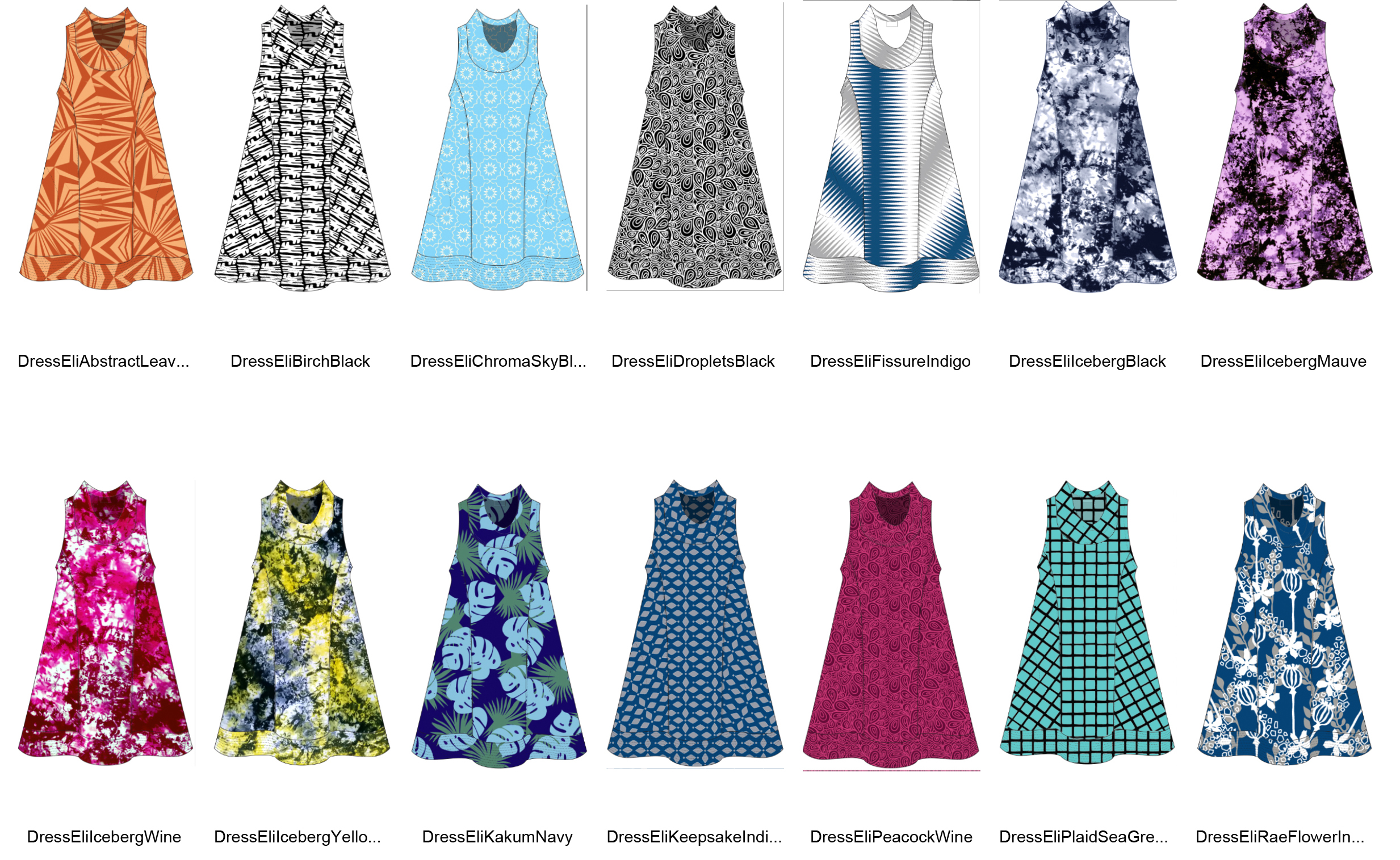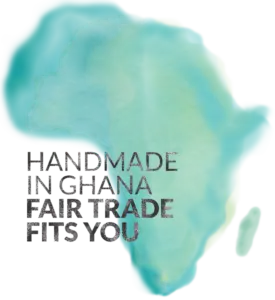Abby Smith, Marketing Volunteer
Fashion and technology, both dynamic forces in our modern world, are constantly changing. This season at Global Mamas, in light of production challenges and the need for increased productivity, batik designer Nick Ruffalo led the way in spearheading a new process to fuse the two together.
The Old Manual Process
Research for new textile and product design begins about one year in advance of the season, to give the design team and producers plenty of time for idea development and sampling. Sketching, color and print testing, and garment sampling are all time-consuming, manual processes. Each year around 15 to 20 batik designs are sampled in up to ten different colorways. Next is the marriage of product and pattern, turning the new textiles into actual products from our current catalog, or new items that will be introduced the coming season. Requests are put in for specific batik and pattern combinations, with one garment being sampled in an array of new batiks. According to Nick, there can easily be 15 print and color combinations in one style, with samples that are not selected becoming one-off pieces for sale in our Accra store. With over 200 products, this can lead to an enormous number of samples.
When samples don’t turn out as the team expected, modifications on selected pattern and product combinations are requested for additional sampling rounds. As this process of sampling and modification continues, the collection becomes more focused. Nick describes this part of the process as a “meticulous puzzle”: in its completion, the entire line is a cohesive collection of best-selling styles, emerging trends, harmonious patterns and colors, as well as strategically placed accent colors. Through a series of long meetings, constant editing and tweaking is done until the entire collection is finalized by the design team.
Addressing Challenge with Technology
Although the team knew the switch to organic fabric this year would be a transition, several unforeseen obstacles arose forcing a shift in the typical production calendar. Before committing to the new organic cotton, it was sampled with the batik process in small batches. However, unexpectedly when produced in larger quantities removing the wax became more complicated. This meant lost yardage, do-overs, time spent trouble-shooting alternative techniques, and additional fabric being brought in from our new supplier in India. In the meantime orders for the new products made with organic cotton continued arriving from wholesale partners abroad which meant there weren’t enough Mamas available to begin sewing and batiking samples as early in the design process as they would normally occur. Since most of the process in the past required progressive cycles of physical sampling, the design team needed to figure out how to expedite these stages with limited resources. Their answer? Technology.

Print Mapping: Saving Time & Resources
This year Nick used Adobe Photoshop and Illustrator to “print map” the early rounds of sampling, narrowing the sample selection digitally rather than having them physically produced. After translating the hand-drawn batik patterns into the program, Nick can apply the design to print map layouts for any of the Global Mamas products. With the patterns and products in place he can easily manipulate the color to any combination the team might request saving incredible amounts of time and resources narrowing down the vast array of combinations in the early stages of sampling (although it will never completely replace physical sampling completely).
“I’ve been advocating for us to use this for a long time,” Nick says of this technological shift. Suspecting it might be applicable to the process, he taught himself how to print map some time ago and quickly realized its numerous benefits. Using print mapping this season Nick had more time to concentrate on the actual design as less time was spent training batikers on new patterns that may not even make the catalog.
Continuance in the Future
Next season, Nick is looking forward to continuing with print mapping and anticipates this process will allow the team to start production even earlier. This will set off a chain reaction—allowing retailers to receive more product earlier in the season and provide higher turnover for the new line. With this creating a less hectic work environment, Nick would love to use the time he saves to work with more batikers and help them advance their skills. He identifies collaboration as one of his favorite parts of the design process and hopes to work with more Mamas next season.


-scaled-scaled-1024x817.jpg.webp)


